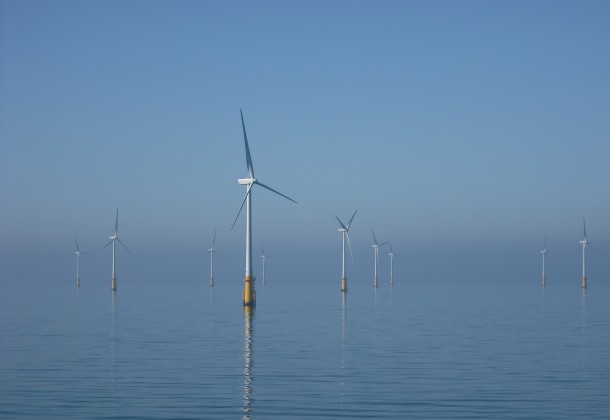Will Wind Energy Impact Marine Mammals?

Maryland is launching a study of the impacts of wind energy upon marine mammals off the state’s Atlantic coast.
With the Maryland Energy Administration Offshore Wind Development Fund, the state secured a $1.1 million commitment from the U.S. Dept. of Interior’s Bureau of Ocean Energy Management to learn about the bionetwork of the Maryland Offshore Wind Energy Area.
This effort, according to the State of Maryland, is intended to protect the ecosystem while providing opportunities for deployment of advanced renewable energy technology within the state.
The interagency project seeks to establish the geographic distribution, abundance, and densities of large whales, dolphins, and porpoises; and to better understand migratory paths.
Additional efforts are underway to study potential impacts on bats, fish and benthic habitat to better anticipate effects of offshore wind energy projects on these species, including the endangered North Atlantic right whale.
This research project, led by a University of Maryland Center for Environmental Science team, complements previous survey efforts utilizing longer-term deployment of Marine Autonomous Recording Units. These units were designed by Cornell University Bioacoustics Research Program and feature underwater microphones attached to bottom-moored buoys which will allow them to continuously record ocean sounds produced by large whales and other marine mammals.
“Determining patterns of marine mammal occurrence is a critical first step in to determining any potential effects that offshore wind energy development might have on the behavior and ecology of resident or migratory species,” said the study’s lead scientist Dr. Helen Bailey. The study will collect two-years of baseline data that can be used for informing siting, mitigation measures, assessing environmental impacts for future wind energy developments, and to facilitate ocean planning in the area.























